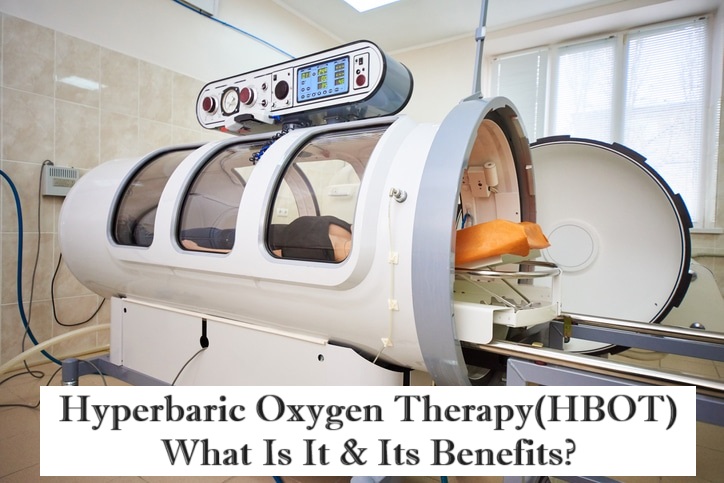HBOT involves breathing 100% oxygen in a hyperbaric chamber pressurized to a higher-than-normal air pressure. It allows the lungs to collect more oxygen and boosts circulation.
Hyperbaric Oxygen Therapy(HBOT): What Is It & Its Benefits?
It is used to treat wounds that are not healing correctly, clostridial infections, other serious diseases, and primary emergencies like carbon monoxide poisoning. It also stimulates cellular growth and improves blood flow to tissues with restricted blood flow.
Improved Immune System Function
HBOT therapy increases oxygen concentration in tissues, which improves the body’s ability to resist infection and accelerates healing. It stimulates angiogenesis, creating new blood vessels, which deliver more oxygen to damaged tissue. It also blocks the action of harmful bacteria and turns off their toxins. It is a safe, effective treatment for many conditions, including tissue damage, infections, skin, bone, and lung injuries.
Its antimicrobial properties also make it an excellent adjunctive therapy for intracranial abscesses (ICA) such as traumatic brain injury, subdural empyema, or pseudocyst. It has also been shown to help treat late-stage metastatic cancer by enhancing angiogenesis and leukocyte oxidative killing and reducing the formation of reactive oxygen species.
In addition, HBOT helps treat chronic pain syndromes such as fibromyalgia and migraine headaches by increasing antioxidant expression and downregulating proinflammatory cytokines like IL-6 and NFkB [12].
Increased Oxygen Levels
HBOT raises the oxygen pressure in your blood and tissues, allowing more dissolved oxygen to be delivered to cells that need it. This helps heal damaged tissue, increases blood flow to ischemic areas of the body, and reverses hypoxia (areas with low oxygen levels).
In addition, HBOT increases the number of stem cells in your body by eight-fold. Stem cells can transform into any cell and help repair damaged areas of your body by promoting new blood vessels and increasing circulation.
HBOT is performed in a hyperbaric chamber, which is a large tube or room. As air pressure increases, you relax, sit, or lie comfortably inside the chamber. While HBOT is safe and effective, there are some risks associated with it. In rare cases, a person can experience problems like a ruptured eardrum or collapsed lung, low blood sugar, or oxygen poisoning.
Increased Energy Levels
HBOT involves breathing 100% oxygen in a hyperbaric chamber, which can be either monoplane (for one person) or multiple (if there are several patients). The oxygen is under augmented pressure, which helps the lungs collect more of it and deliver it to the rest of the body.
It also encourages the release of scavenger molecules that seek and destroy harmful oxygen radicals. These free radicals can damage cells severely, but healing continues when scavengers remove them. HBOT prevents severe tissue damage caused by the return of blood flow to previously deprived areas, known as “reperfusion injury.”
HBOT has antimicrobial properties, which can help kill bacteria and reduce infection. It can also enhance the effect of antibiotics and improve their efficacy. It can also treat fungal infections like mucormycosis, a severe and potentially fatal condition.
Enhanced Brain Function
Research has shown that HBOT improves the function of traumatically injured brain (TBI) patients. It boosts movement and increases cerebral circulation. It also reduces cellular swelling and inflammation. It may even help people with severe TBI regain sensation and language function.
Researchers have also found that HBOT improves cognitive functions in healthy aging adults. These include attention, information processing speed, and executive functions like set-shifting. These are domains known to decline during the normal aging process.
During HBOT sessions, you lie in a special chamber and breathe oxygen at high pressure. You may feel a prickling or popping in your ears as the pressure increases and decreases. The therapy usually lasts up to two hours. Finding a qualified and trained staff to perform this treatment is essential. The physician directing your HBOT should be board-certified and have completed extensive training in hyperbaric medicine. You should also be aware of the risks of hyperbaric oxygen therapy, such as lung collapse, air embolism, claustrophobia, and decompression sickness.
